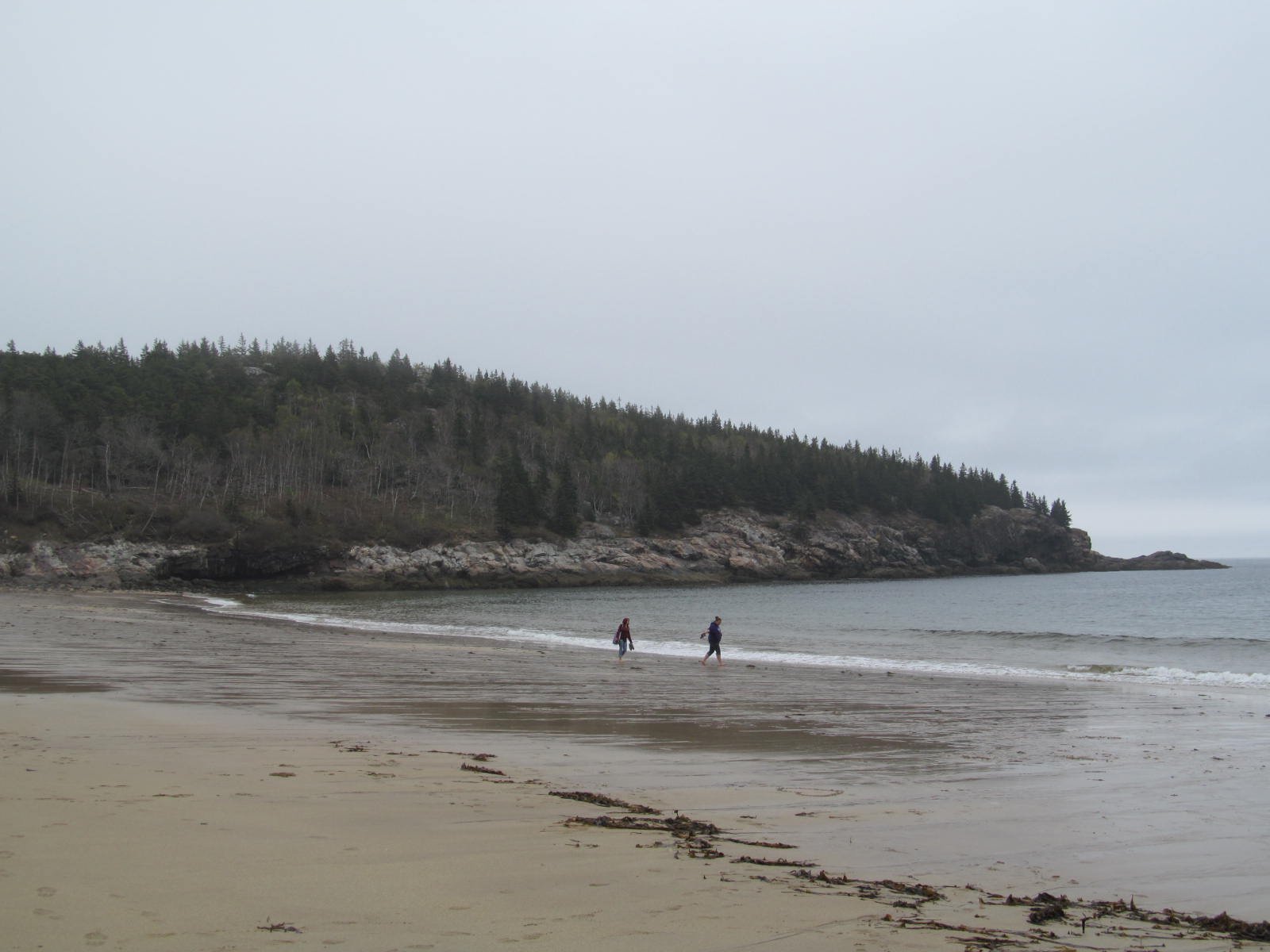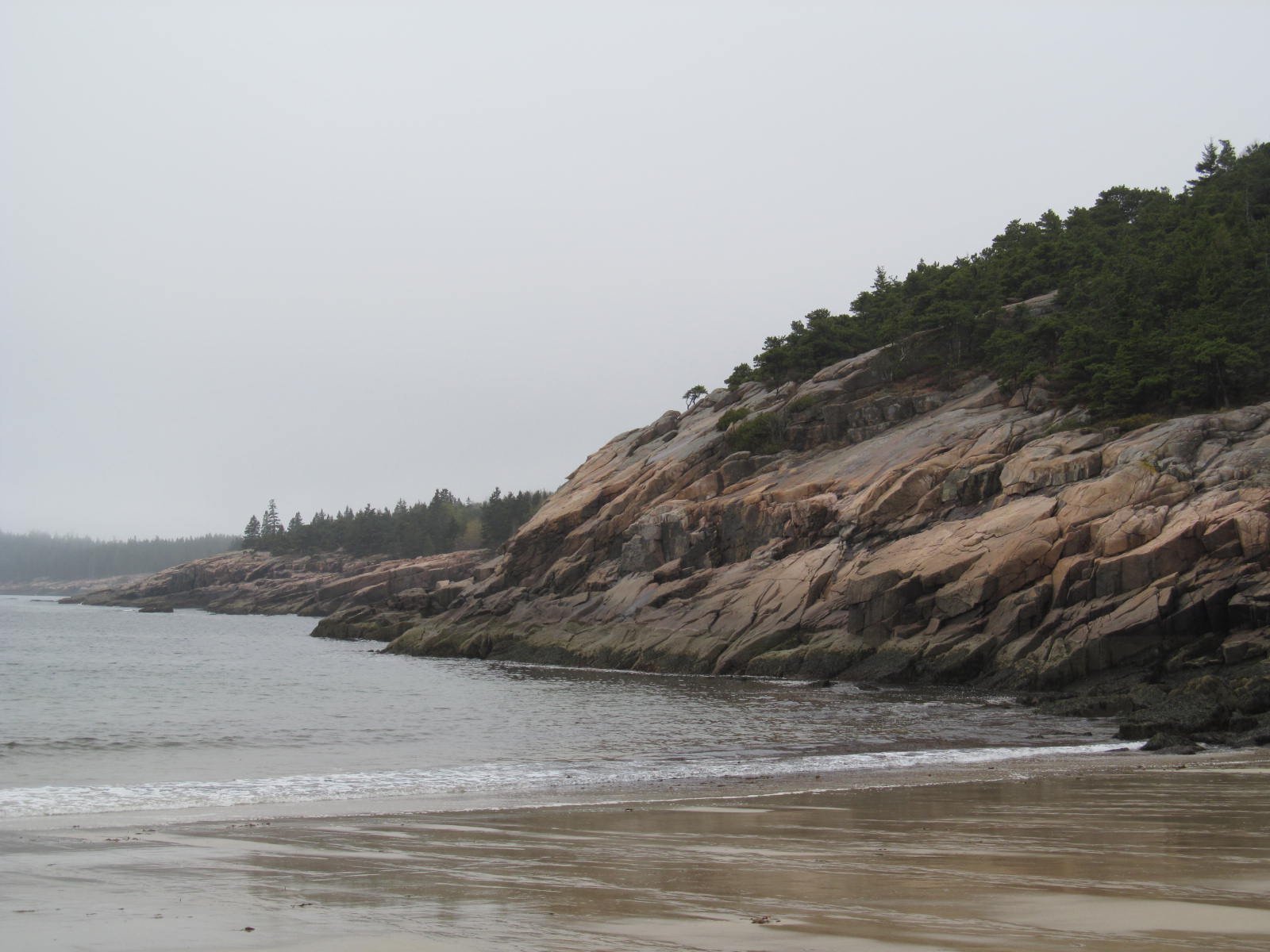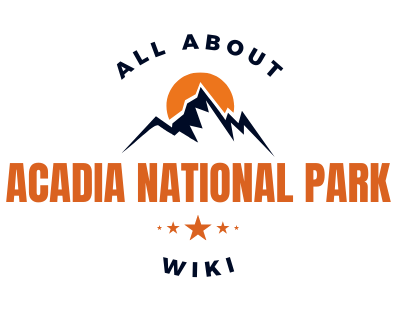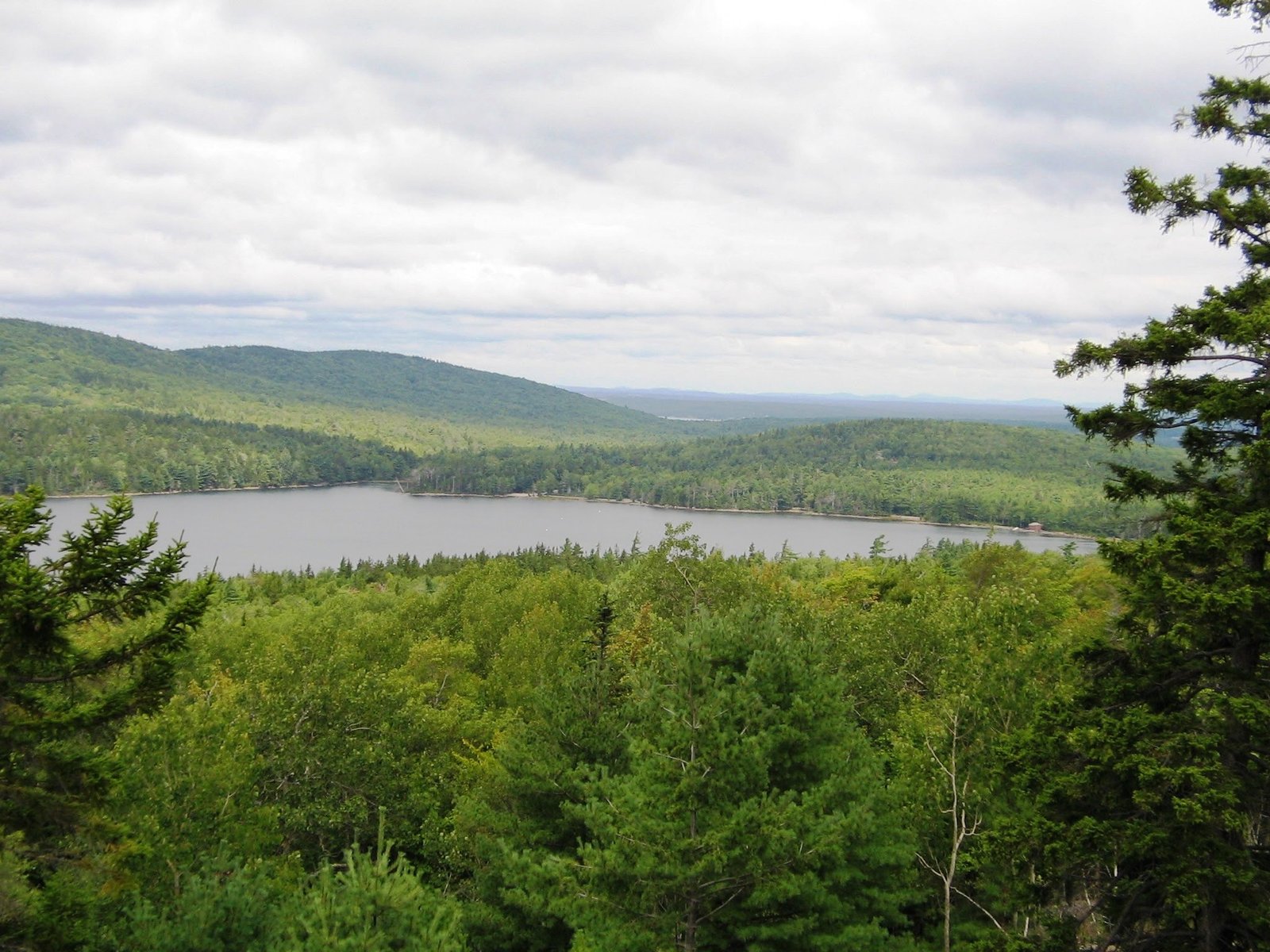Acadia National Park, located in Maine, offers a wealth of geological wonders, diverse wildlife, and educational opportunities for students. From ancient rock formations shaped by volcanic activity and glaciers to unique ecosystems supporting various species, Acadia provides a rich learning environment. This guide explores key facts about the park’s geology, history, wildlife, and educational resources, tailored specifically for students eager to discover this natural treasure.
What Are the Key Geological Features of Acadia National Park?

Acadia National Park boasts a fascinating geological history that spans over 500 million years. Here are some of the most significant geological features:
- U-Shaped Valleys
- Glacial Striations and Chatter Marks
- Glacial Erratics
- Geological Dikes
U-Shaped Valleys
These valleys, such as those around the Bubbles near Jordan Pond, were formed by a combination of volcanic activity, erosion, and glacial carving. The glaciers smoothed out the mountain tops and created the characteristic U-shapes.
Glacial Striations and Chatter Marks
As glaciers moved across the landscape, they left behind striations and chatter marks on the rocks. These marks indicate the direction of glacier movement and are visible on many rock surfaces throughout the park.
Glacial Erratics
Large stones transported by glaciers and deposited in new locations are known as glacial erratics. A famous example is Bubble Rock on South Bubble mountain.
Geological Dikes
Formed when magma or sediment filled fractures in existing rocks, these dikes can be seen along the coast and on mountain hikes, particularly on the Schoodic Peninsula.
What Is the Historical Significance of Acadia’s Geology?

The geological history of Acadia National Park is a testament to the Earth’s dynamic processes:
-
Formation Over 500 Million Years Ago: The geologic history began with the deposition of mud, sand, and volcanic ash in an ancient ocean. This material was later transformed into metamorphic rocks like the Ellsworth Schist through intense heat and pressure.
-
Continental Collision: The collision between the micro-continent Avalonia and North America led to the formation of granite and other rock types seen in the park today.
-
Glacial Activity: The last ice sheet to move through the region, during the last two to three million years, significantly shaped the current landscape of Acadia.
What Educational Resources Are Available for Students at Acadia?
Acadia National Park offers a variety of educational resources for students:
- National Park Service Resources
- Guided Tours and Workshops
- Junior Ranger Program
- Nature Centers
The National Park Service provides detailed information on geology, wildlife, and other aspects of the park through their website and on-site materials. Guided tours and educational workshops help students understand the geology, history, and wildlife of the area. The Junior Ranger Program offers hands-on activities for younger visitors, while nature centers provide interactive exhibits and educational materials.
What Are the Specific Rock Types and Formations in Acadia?
Acadia National Park features several distinct rock types and formations:
| Rock Type | Age | Description |
|---|---|---|
| Ellsworth Schist | Over 500 million years | Oldest rock on Mount Desert Island, formed from metamorphosed mud and sand deposits |
| Bar Harbor Formation | ~420 million years | Layer of sedimentary rocks formed on top of the Ellsworth Schist |
| Cranberry Isles Series | ~400 million years | Volcanic ash and rocks, visible on the Cranberry Isles |
| Granite | ~360 million years | Formed from cooled magma, creating the pinkish-gray granite seen on mountaintops like Cadillac Mountain |
What Geological Processes Shaped Acadia National Park?
Three main geological processes shaped Acadia National Park:
- Volcanic Activity: Ancient volcanoes erupted under the Iapetus Ocean, forming volcanic rocks and ash layers.
- Tectonic Plate Movement: The collision between Avalonia and North America pushed up mountains and formed new rock types.
- Glaciation: Glaciers carved out valleys, left striations, and deposited glacial erratics throughout the park.
What Are the Notable Geological Landmarks in Acadia?
Acadia National Park is home to several remarkable geological landmarks:
- Cadillac Mountain: The highest point on the eastern seaboard, formed from granite that cooled deep within the Earth.
- The Bubbles: Twin mountains near Jordan Pond, showcasing U-shaped valleys and glacial features.
- Schoodic Peninsula: Known for its spectacular geological dikes and diverse rock formations.
What Wildlife Can Students Observe in Acadia National Park?
Acadia National Park supports a diverse array of wildlife:
Mammals
- Black bears
- Moose
- White-tailed deer
- Bobcats
Birds
- Over 200 species, including:
- Seabirds (puffins, gulls)
- Forest birds (warblers, owls)
Marine Life
- Seals
- Porpoises
- Various fish and shellfish species
What Ecosystems Exist in Acadia National Park?
Acadia National Park encompasses several distinct ecosystems:
- Forest Ecosystems: Home to a variety of trees, including spruce, fir, and maple, which support a diverse range of wildlife.
- Coastal Ecosystems: Rocky shores, beaches, and tidal zones provide habitats for marine species.
- Wetlands: Marshes and ponds support amphibians, birds, and other aquatic life.
What Activities Are Available for Students in Acadia National Park?
Acadia National Park offers numerous activities for students:
- Ranger-led Tours
- Educational Workshops
- Junior Ranger Program
- Nature Center Visits
- Hiking and Nature Walks
- Wildlife Observation
Many of these activities are free or low-cost, especially for students and school groups. Programs and tours are typically scheduled during the park’s operating hours, with specific times varying by season. Many trails and facilities are accessible, with some accommodations available for visitors with disabilities.
What Weather Conditions Should Students Expect in Acadia?
Students visiting Acadia National Park should be prepared for varying weather conditions:
- Summer: Warm temperatures in the 70s-80s Fahrenheit
- Winter: Cold temperatures with significant snowfall
- Spring and Fall: Mild temperatures, ideal for hiking and outdoor activities
It’s important for students to wear appropriate clothing, stay hydrated, and follow park rules to ensure a safe and enjoyable visit.
By exploring these Acadia National Park facts, students can gain a deeper appreciation for this unique natural wonder and its geological and ecological significance.
References:
1. https://www.nps.gov/acad/learn/nature/geologic-features.htm
2. https://www.nps.gov/acad/learn/nature/geology.htm
3. https://parkjunkie.com/geology-of-acadia/

